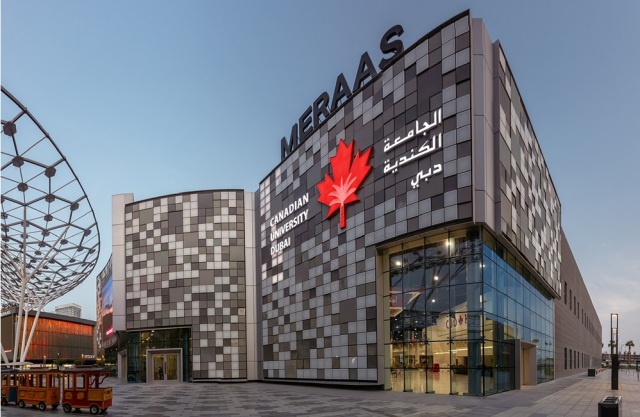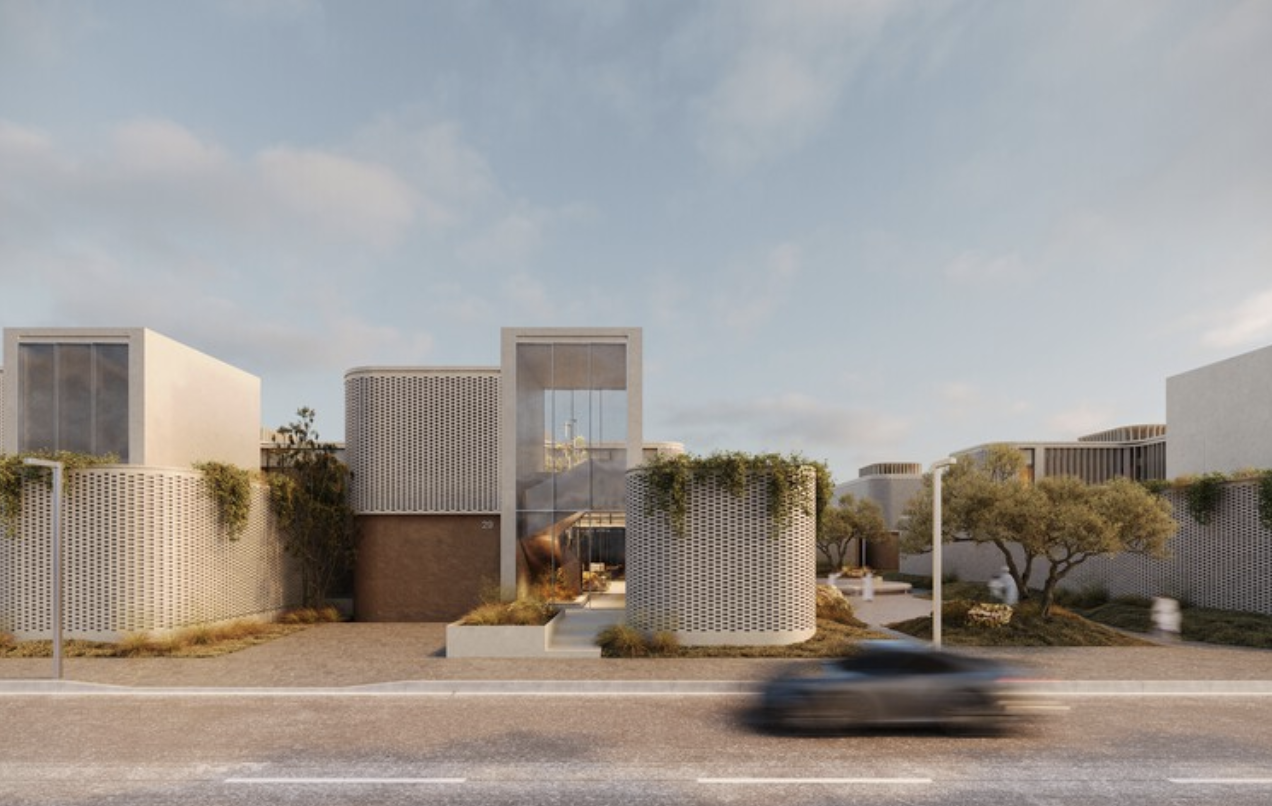In a city synonymous with rapid development and vertical ambition, a group of architecture students from Canadian University Dubai has taken a refreshingly grounded approach to the future of urban living. Their winning project, “Ghaf Woods,” isn’t just an academic exercise—it’s a deeply researched, climate-responsive prototype for community design in the UAE that’s beginning to stir serious conversations among professionals in the field.
Ghaf Woods is inspired by the UAE’s national tree—the Ghaf—a species revered not just for its symbolism, but for its remarkable ability to survive in arid desert environments. The students, competing in the 2025 Tamayouz International Graduation Projects Awards, used this natural resilience as a guiding principle for their vision of a future-proof neighbourhood. The proposal blends vernacular architecture, passive cooling strategies, and ecological site planning to create a model for sustainable living that is both culturally rooted and environmentally forward-thinking.
What makes Ghaf Woods stand out is its dual emphasis on performance and poetics. It is a place designed to function at peak efficiency in extreme desert climates, but also one that draws from the rhythms of Bedouin heritage, the spatial logic of oasis settlements, and the sociability of traditional Arab courtyard homes. This is not the hollow futurism of mirrored facades and robotic pods. This is design that listens.

At the heart of the project is a hybrid planning model that integrates built form with nature. Instead of imposing a rigid urban grid, the students proposed a layout based on the growth patterns of Ghaf groves—irregular, adaptable, and responsive to topography. Housing clusters are arranged around green corridors, wind funnels, and shaded social courtyards. Streets are narrowed, tree-lined, and designed for pedestrian cooling. The aim is not only to minimize energy use, but to reduce the psychological heat of the city—those intangible layers of discomfort that build up in relentless concrete environments.
Materials were selected with regional availability in mind: rammed earth, stone, palm wood, and clay composite finishes. These are not nostalgic gestures, but purposeful choices that offer both low carbon impact and high thermal mass. Roofs are sloped for optimal solar panel installation, while water catchment and greywater recycling are embedded into the infrastructure. The design is net-zero in its energy model, and it integrates natural air circulation in a way that anticipates rising global temperatures.
There’s also an important social dimension. Rather than designing in isolation, the students conducted interviews and surveys with residents of low-rise suburban communities in Dubai and Sharjah to understand how space is used, where it fails, and what is most often missed. The result is a layout that supports intergenerational living, shared gardens, and communal gathering spaces—spaces that reflect the importance of family, privacy, and hospitality in Emirati culture.
What’s more, the team didn’t stop at the drawing board. Their project includes phasing strategies, policy recommendations, and even potential economic models for public-private partnerships to bring Ghaf Woods or similar communities to life. In doing so, the students crossed the often-elusive line between academia and practice, showing a path forward for sustainable development in a region that faces both extreme climate and extreme growth.
Industry experts are paying attention. While the UAE has no shortage of sustainable claims in its real estate marketing, projects like Ghaf Woods point to a new generation of architects and planners who are asking harder questions about what sustainability really means here, and who are designing solutions that don’t rely on imported aesthetics or technologies but draw from local ecology and lived experience.
This shift is timely. As the UAE intensifies its commitments to climate action in the run-up to COP29, the relevance of hyper-local, student-led initiatives like Ghaf Woods has only grown. It’s a reminder that meaningful progress doesn’t always start in high offices or corporate boardrooms. Sometimes, it begins in a studio, with students asking what kind of future they actually want to live in.





